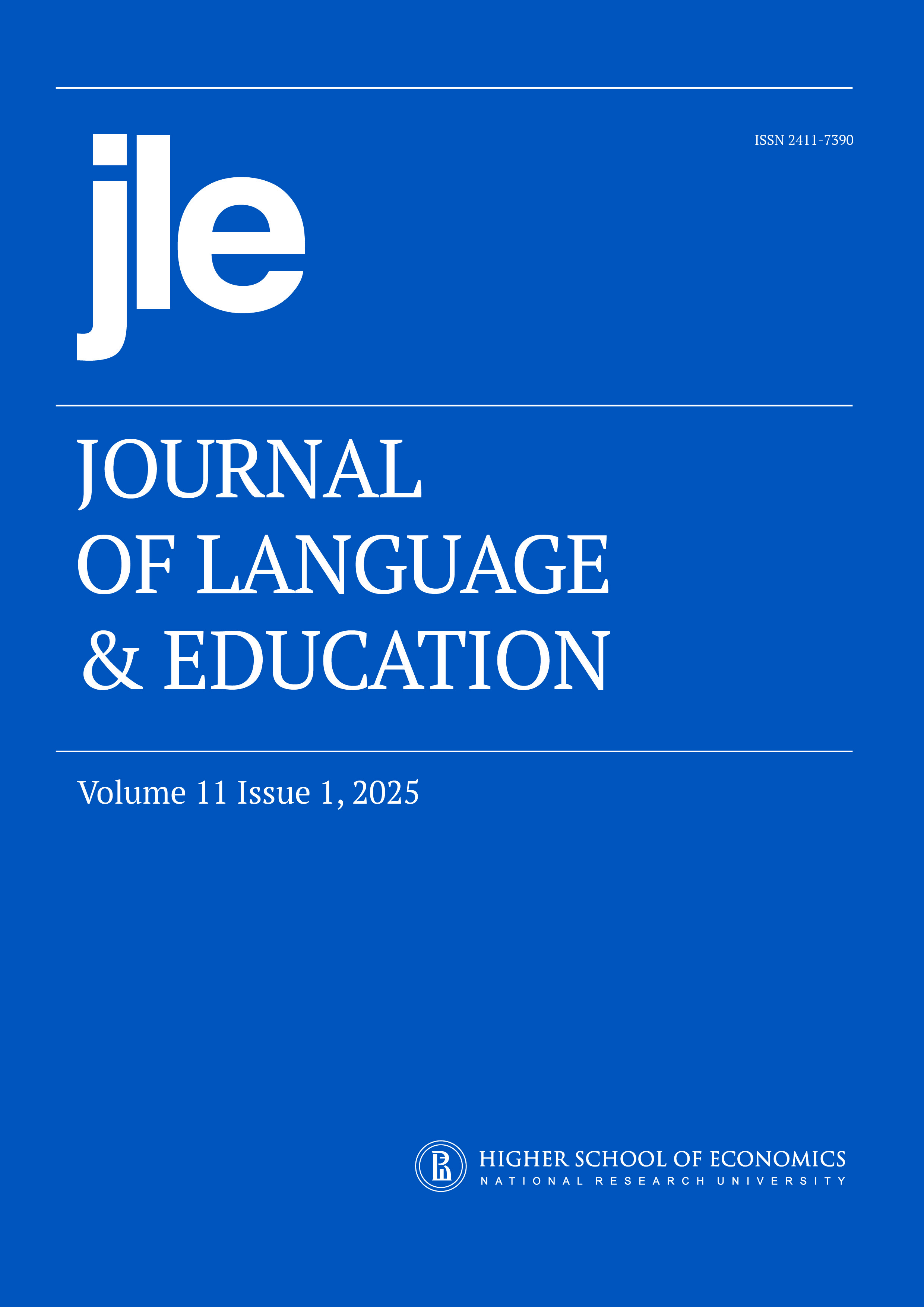A Paradigm Shift for Language Education: A Book Review
Abstract
In line with 21st-century curriculum reforms, "enhancing student learning" has long been a central focus in education, including language education. Researchers and educators have shown strong interest in student-centered approaches. Despite numerous efforts to improve the quality of language education, many classrooms remain predominantly teacher-centered. Project-Based Learning and Teaching (PBLT) is one approach currently receiving significant attention. The book "A Paradigm Shift for Language Education: Project-Based Learning and Teaching" by Gulbahar H. Beckett provides an in-depth perspective on the need for a paradigm shift in language education by adopting PBLT. It highlights the significance of combining academic content instruction with developing 21st-century skills in second language (L2) learning. Beckett explains how PBLT can help students achieve deep understanding, think critically, and solve problems in real-world scenarios.
Downloads
References
Chen, C., & Yang, Y. (2019). Revisiting the effects of project-based learning on students’ academic achievement: A meta-analysis investigating moderators. Educational Research Review, 26, 71-81. https://doi.org/10.1016/j.edurev.2018.11.001
Dewey, J. (1938). Experience and education. MacMillan.
Guo, P., Saab, N., Post, L. S., & Admiraal, W. (2019). A review of project-based learning in higher education: Student outcomes and measures. International Journal of Educational Research, 102, 101586. https://doi.org/10.1016/j.ijer.2020.101586
Sun, X., & Zhu, P. (2023). Implementing project-based language teaching to develop EFL high school students’ key competences. Sustainability, 15(2), 1658. https://doi.org/10.3390/su15021658
Copyright (c) 2025 National Research University Higher School of Economics

This work is licensed under a Creative Commons Attribution 4.0 International License.
Authors who publish with this journal agree to the Copyright Notice.



